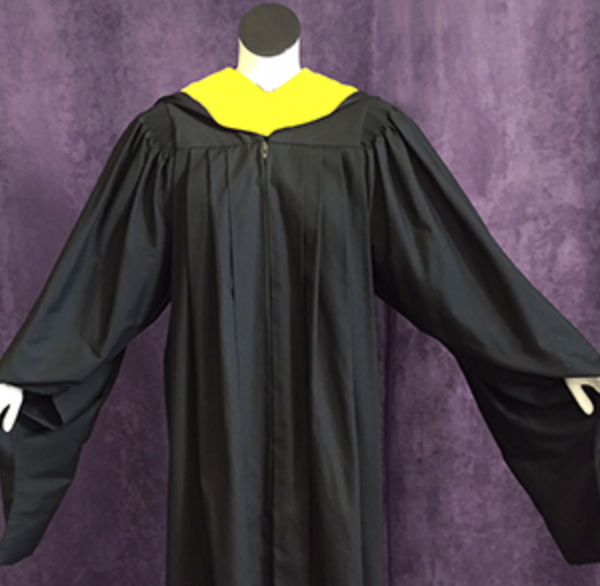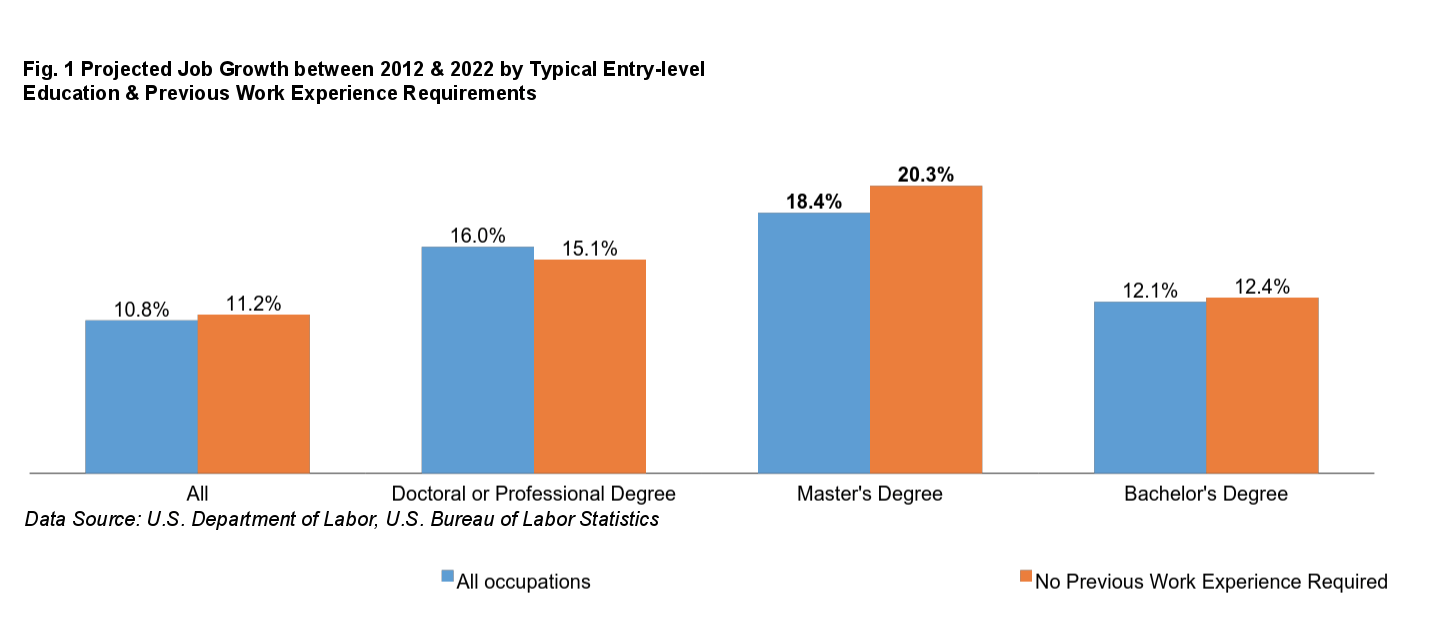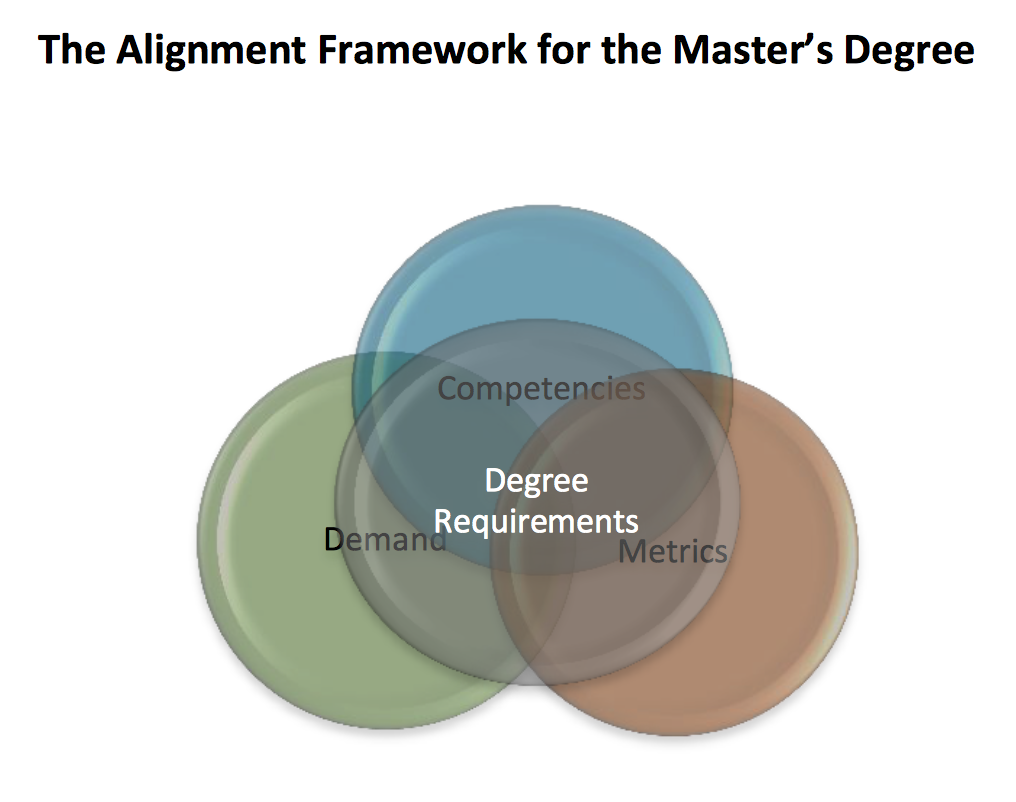You have /5 articles left.
Sign up for a free account or log in.

U of Washington
Lots of the talk about reforming graduate education centers on the Ph.D., namely, making it more innovative and compatible with a variety of possible career paths. But the overwhelming majority of graduate degrees conferred are master’s, which tend to have the opposite problem, if it can be called a problem at all: they’ve become so diverse it’s hard to know what exactly the degree means these days.
“The Emerging Master’s Degree” is a topic of conversation (and a panel) today at the annual meeting of the Council of Graduate Schools in Washington. A deans’ working group has proposed a framework for defining the master’s degree as shaped by demand, defined by competencies, distinguished by metrics and determined by the intersection of those elements. The idea isn’t to stall innovation: the council just wants to help its member institutions continue to evolve their program offerings within a more defined concept of what constitutes the contemporary master’s degree.
The group of 18 graduate school deans from a variety of institution types last year agreed to study the master’s degree, in all its forms, to develop a guide for their peers, explained Bob Augustine, dean of the Graduate School at Eastern Illinois University and senior vice president at CGS. “Demand for the master's continues to be strong, and we wanted to make sure that deans have the tools they need to guide master’s degree development. … There hasn’t been a strong, comprehensive study of master’s programs for a long time.”
Yet growth of jobs requiring a master's is only expected to grow through 2022, according to information from the Bureau of Labor Statistics.

Source: CGS
Paul Gemperline, a dean of the Graduate School at East Carolina University who is also involved in the CGS initiative, said, “Thirty years ago, the master’s degree was kind of monolithic as an institution, with a few exceptions.” Yet over the last several decades, he said, “market demands on the degree have led it to evolve on many divergent paths. It’s evolved from, say, a thesis requirement to programs with capstone projects, comprehensive exams and internships to stackable graduate credentials.”
Such adaptations tend to arise from the niche needs of employment markets relevant to each degree, he said, and the competencies faculty members instill in students must evolve, as well. Those include disciplinary and interdisciplinary competencies, foundational and transferable skills (think communication or leadership), and professional competencies -- such as the ability to work with patients in a health care program.
Research competencies are crucial, as well, as they signal that the student has moved beyond the undergraduate-level expectation of consuming knowledge to the graduate-level expectation of producing it, Gemperline said. That's not just for traditional research-based fields, either. So someone in a health care field might consider how to use research methodologies to improve the standard of patient care.
“There’s an evolution that we’re seeing, and these are guiding principles,” he added.
Dennis Grady, dean of the College of Graduate and Professional Studies at Radford University, who’s worked with CGS on the emerging master’s degree, agreed with Gemperline that it used to be “pretty clear how things worked -- it was 30-36 hours of classes and at the end of those classes you got your credential and walked away.” But now institutions such as Western Governors University and Southern New Hampshire University have moved away from classroom seat time as a way of measuring one's progress, he said. Indeed, one of Western Governors’ sayings is “Show us what you know, not how long you’ve been there.”
While change is good, Grady said, it hasn’t always happened in a “deliberate and thoughtful way.” Acknowledging that 36 hours is an “unsatisfying way” to define the master’s degree, he added, “We’re starting to get a handle on the basic elements or aspects of the master’s degree to be able to differentiate it from the certificates and other types of credentials out on the marketplace now.”
Augustine said the framework the group has developed so far is one of “alignment,” since deans need to align key features in order to develop strong degree programs. Alignment ideally will drive responsiveness, harness innovation and motivate distinctiveness. Here's a working model of the framework:

Demands come from the learner, the work force and economy, and disciplinary evolution. Metrics include those pertaining to the faculty in a program, students, the curriculum, research, the profession and resources. Degree requirements concern courses, applied experiences and capstones.
Looking to the future, questions for the initiative include how new technologies and methodologies will affect what different competencies will be required of master's degrees; how innovation can be stimulated among the faculty in developing master’s degrees to meet new competencies; and how degrees incorporate or do not incorporate competency-based education as part of their curricula.
Possible next steps for the council include creating a database of competencies for master's degrees. The Lumina Foundation has done some work in this area, through its Degree Qualifications Profile, a learning-centered framework for what college graduates should know and be able to do to earn an associate, bachelor’s or master’s degree.
The profile organizes learning outcomes of degrees into five broad, interrelated categories: specialized knowledge, broad and integrative knowledge, intellectual skills, applied and collaborative learning, and civic and global learning. Regarding specialized knowledge, for example, someone who earns a master's degree can:
- Elucidate the major theories, research methods and approaches to inquiry and schools of practice in the field of study, articulate their sources and illustrate both their applications and their relationships to allied fields of study.
- Assess the contributions of major figures and organizations in the field of study, describe its major methodologies and practices, and illustrate them through projects, papers, exhibits or performances.
- Articulate significant challenges involved in practicing the field of study, elucidate its leading edges and explore the current limits of theory, knowledge and practice through a project that lies outside conventional boundaries.
Part of the profile's appeal, according to Lumina, is that it “recognizes and accommodates an increasing variety of higher education providers and modes of delivery,” offering “a perspective on proficiencies that transcends providers and learning contexts. The [profile] is as applicable to learning assessed outside the framework of courses as it is to traditional, course-based degree programs.”
Some faculty members view designing degree programs around competencies or market demands articulated by someone outside their campus with skepticism, since professors possess disciplinary expertise. But even beyond those disciplines that face external competency expectations from accreditors, such as engineering or nursing, there is some sense that degrees should better reflect students’ needs.
A 2011 report from the Modern Language Association on the master’s degree, for example, found a “gap between students’ aspirations and employment outcomes on the one hand and [master’s] programs’ stated goals and curricular requirements on the other. What, for example, should be the role of literary history and study of specific authors, pedagogy, foreign language and linguistics requirements, training in reading instruction, capstones and theses? Many [master’s] programs in English may not have thoroughly, or recently, considered how graduates use their degrees and what current or future master’s students may need.”
Regarding possible skepticism of a framework centered on demand, competencies and metrics, Augustine said it was an opportunity to encourage more innovation, not yoke it. “This is a flexible framework and institutions can decide what fits.” He said the group's work thus far has revealed that master's programs are sometimes constrained by a focus on minimum requirements, not maximum potential. So a framework and additional design tools should help foster more innovation, not less.









